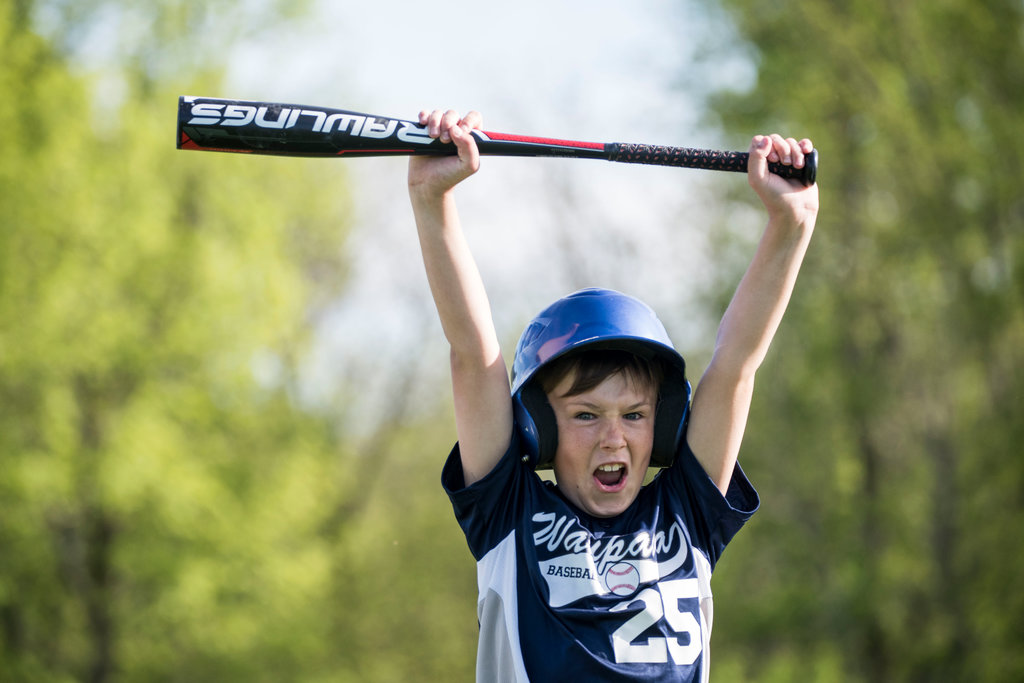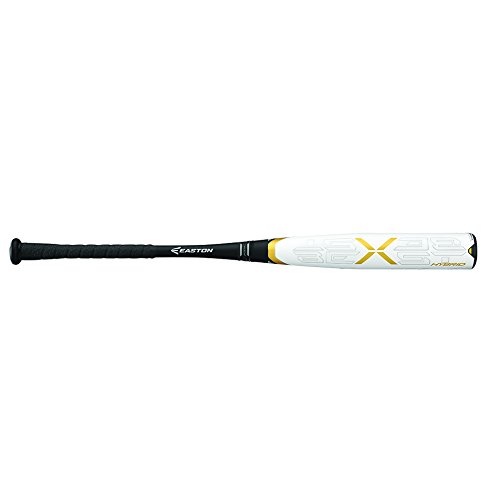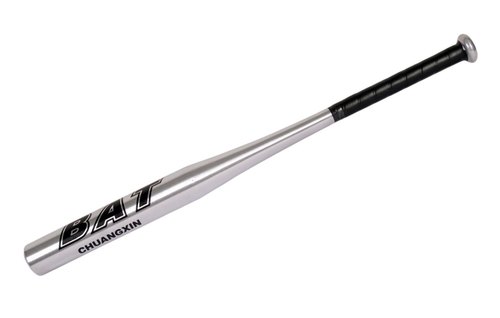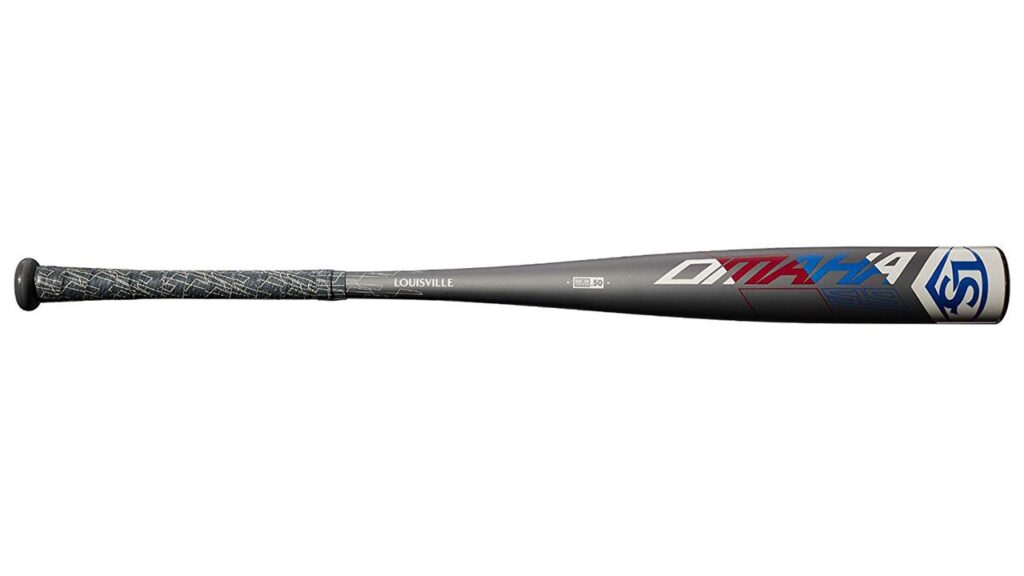In the main leagues, only hardwood bats are allowed. Nonetheless, there are several styles of bats and various types of wood utilized in baseball bats. Oak, beech, or ashes are the most common wood types used in big league bats. Metal bats are not allowed in the majors since they can strike the ball beyond and harder owing to the stricter alloy and the bouncing effect, which causes the ball to rebound higher off the bat. Notwithstanding this, many players, particularly in softball, employ alloy, aluminum, and composite bats, making them popular bat alternatives. A thorough list of baseball bat choices is provided below.
Swing weight
The swing weight of a bat significantly distinguishes it. It has none to do with the bat’s natural weight. Two bats with similar weights but differing swing weights can exist. The method the bat’s weight is dispersed is called swing weight. Light, balancing, or final stage bats are all options. The swinging weight of a striker’s bat is determined by personal choice and how they play.
End-loaded

The mass of an end-loaded bat is concentrated towards the barrel’s end. Because of the weight distribution, they create more power by swinging in a whipping motion. Because of this whip-like action, hitters like to use an end-loaded bat. Bats with an even distribution of weight throughout the barrel are balanced bats. Players will have better power over their stroke as a result of this. This sort of bat is much more apt to be chosen by a contact batter.
Youth Baseball bats

Baseball bats for kids aged 7 and 12 are developed specifically for them. According to their league requirements, child bats are commonly wood or aluminum for tournament matches. They come in several lengths ranging from 23 to 32 inches long, as they are made for a wide range of ages. When hit, the direction the ball flies can inform you if the bat a youth league player seems to be using is the right height and shape. The bat is too lightweight if it is an excellent hit that might have achieved some space but instead merely wafts listlessly to the fielder. If a player is battling with a heavy bat, they will be striking foul balls if they smash at all. You can see more Youth baseball bats on https://thebatnerds.com/best-youth-baseball-bats/.
Wooden bats
Wooden bats are much more traditional and most opted according to official rules and regulations. They’re used at insignificant and minor levels, so you can sometimes find them at the bowling alley. However, timber sorts can vary, and they appear to alter regularly. White ash is used in certain wooden bats, although maple, hickory, and even bamboo can also be used within each set of benefits. They differ in terms of longevity, toughness, and hardness, but each league usually decides which bats the competitors will use. The three primary varieties of hardwood used in baseball bats are as follows:
- Ash is more accommodating and malleable than maple wood, although the texture of the wood might peel or split with time.
- Birch: extremely configurable and long-lasting, they are made of softwoods. So it has a high possibility of peeling off soon.
- For its solidity, maple is among the finest varieties to use for wooden bats; nevertheless, it may not always function well in highly high low-temperature locations and is less tolerant than other wood species.
Hybrid bats

Hybrid bats are fantastic since they combine the benefits of aluminum and composite bats while eliminating their disadvantages. They usually feature an aluminum spine and grip and titanium, graphite, and plastic barrels. If you’re using these bats for a prolonged period, they seldom get holes or other forms of problems. Hybrid bats usually are not permitted in tournament matches, and their price may be high for many participants. That’s why so many teams utilize aluminum bats rather than hybrids.
6. composite bats
Plastic, graphite, and titanium are commonly used in composite bats. Composite bats are lightweight and flexible, if you are planning to practice baseball then this is the perfect bat for initial plays. As a result, composite bats are frequently given to teams in the lower divisions since they enable even novices to acquire much more quickly. They are more costly than aluminum bats, they’re not as robust, and they are not permitted in certain sports.
7. Aluminium bat

Aluminum is a lightweight, sturdy material commonly used in baseball bats from Little League to undergraduate school and sometimes even university. These bats are simpler to wield than wooden bats and are why they are so popular among younger players. If you use an aluminum bat, the baseball “pops” out of that with a lot of force, making it ideal for novices who are still learning to swing a bat correctly.
Rules & Regulations
The major leagues have rigorous guidelines about the bats that can be used. This is unsurprising, as it would be bad sportsmanship if one side had an unfair edge due to its equipment.
Rules and regulations official league regulations regarding bats
- The bat length of the bat must be more than 42 inches.
- At its widest part, it can’t be more significant than 2.61 inches wide.
- No foldable or prototype bats are utilized in a game unless the competition committee has authorized the engineering and fabrication methods.
- A cupped bat is permitted, but the depression must be at least 1 inch broad and not more than 2 inches in depth.
- Curved indentation is required.
- Nothing that is meant to aid grip can be longer than 18 inches.
- No colored bats are allowed throughout a game unless they’ve been permitted.
- Any infraction will result in expulsion from the match.
Conclusion
Baseball bats are simple like a stick but choosing them according to your need is complicated like stone. You may well have concerns on how to pick a bat whether you have a kid in a young league, play on a company individually, or have determined to brush off your hand and play recreationally. Youth, high school, and college leagues all have specific rules that must be adhered to. Who thought baseball bats could be so complicated? Fortunately, this baseball bat information has made choosing a baseball bat a little easier.

